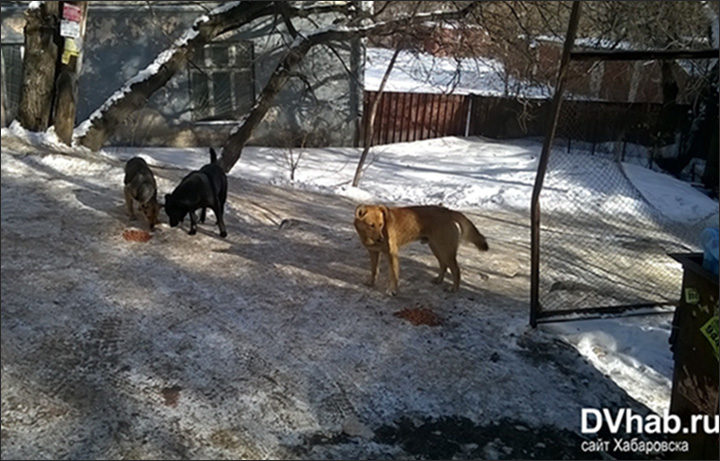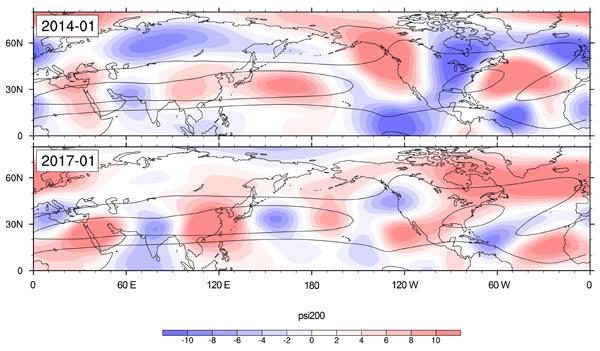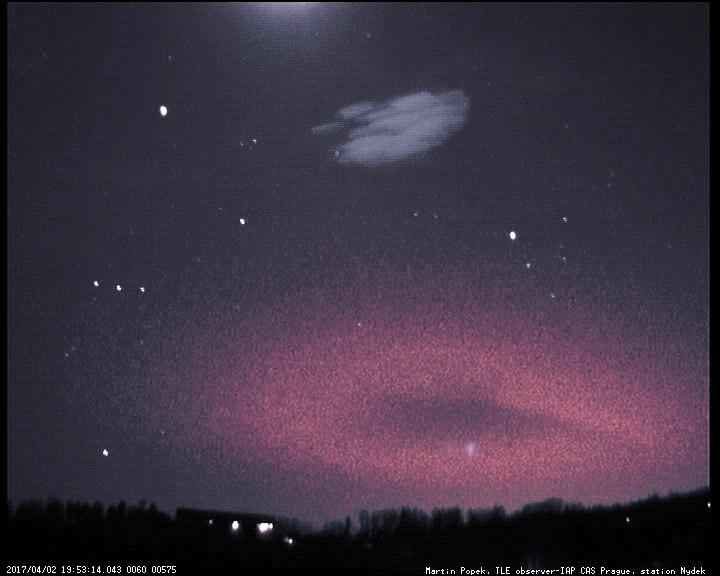
© The Siberian TimesMass stray dog attacks on people.
The attack on Ivan 'Vanya' Tsybenko, 12, on his way to school is an increasingly common occurrence in this city of 589,000, say locals.
His mother Tatiana fears he would have been killed if neighbours had not seen the attack and dragged the child into their car.
I walked my son to school 7.30 am on 4 April, and then went to take my younger boy to kindergarten,' she said.
'I walked several hundred meters away from school with a pushchair, when suddenly there was a call from Vanya, who screamed: 'Mama, dogs are attacking me!''I was too far away by then to see what was happening, but I heard my son screaming, and dogs howling and growling.
'I ran back, but with a small child on my hands I couldn't even help him.
'Thank God two women who were driving past saw the attack and pulled my boy inside their car.
'It was my neighbours , I don't know what would have happened if it wasn't for them.


Comment: The Solar Minimum, Earthquakes and Mini Ice Age - and What to Expect: Interview with John Casey, Author of UPHEAVAL and Dark Winter (VIDEO)